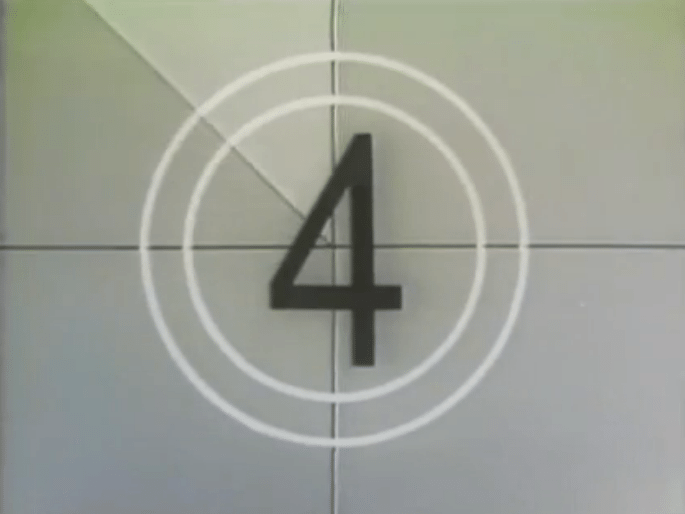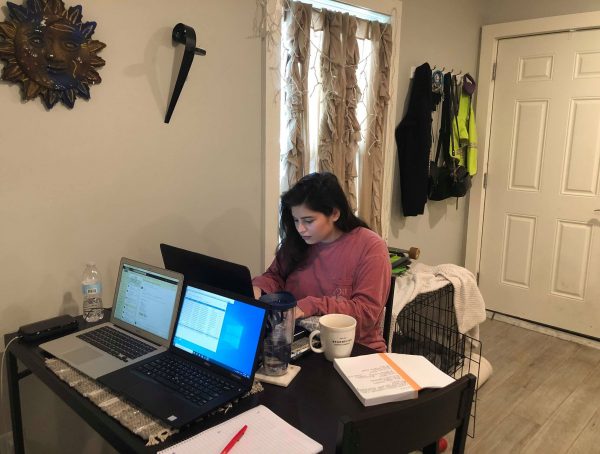 How many local television stations still have old videotape, or even old film, lying around in a dusty back room or basement? “A priceless perspective on the last half century,” says WRAL reporter Laura Leslie, whose station in Raleigh, N.C., is now digitizing its videotape archive.
How many local television stations still have old videotape, or even old film, lying around in a dusty back room or basement? “A priceless perspective on the last half century,” says WRAL reporter Laura Leslie, whose station in Raleigh, N.C., is now digitizing its videotape archive.
The nonprofit Internet Archive is doing the same with an amazing treasure trove of VHS tapes amassed by a former Philadelphia librarian, who recorded newscasts from 1977 until she died in 2012.
The Library of Congress also is preserving TV programs, including the CBS Evening News with Walter Cronkite. But how many local TV stations are saving their own history?
Some years back, WGAL in Lancaster, Pennsylvania, launched an effort to convert its old news film, some of which dated back to the 1950s. News Director Dan O’Donnell wrote about it for NewsLab at the time, and we’re reprinting it now in the hope that it might inspire more stations to do the same.
WGAL has 2.5 million feet of news film dating between 1952 and 1982. A film historian evaluated the film and says it is in good condition. We also have the scripts and card catalogue for most of the collection. We’re told it’s rare to have all three legs of the stool. The film is stored at Millersville University. The card catalogue and scripts are stored at WGAL.
I started working to re-index the card catalogue (which had been dumped into a big box) in the summer of 2001. The Mayor of York, PA, had just been charged with the 1969 murder of a woman during the York race riots that year. We found some film of the riots and have used it in our coverage of the trials.
While we looked through the card catalogue we discovered many other pieces of local history in our archive. We decided something had to be done to preserve this history and get it into a form we could use. This had been tried before but had failed because the project was too big. This time, we decided not to make any attempt to transfer all of the film. Instead we are searching out the “diamonds” first and working with them. We’re going to great lengths to keep the film in its current state so any future efforts to work with the whole collection would still be possible.
The card catalogue has now been completely re-indexed. The scripts are still hit or miss. We’re trying to re-organize them, but because script form and filing systems changed many times over the years, we’ve decided to leave them boxed and stored as they are until we can develop a plan for handling them. We only pull the scripts that we need, photocopy them, and return to the same place we found them.
We overcame the cost of converting the film to video by purchasing an old 16mm projector on eBay. We use a rear-projection screen and a digital camera with a variable speed shutter (which takes the flicker out of the picture) to convert the film. The result is surprisingly good. Much of the film before 1965 is in “negative”. We use an AVID Composer to re-polarize it. We’ve used the film to support our coverage of current news stories. We’ve also produced a few “this month in history” style bumps and several longer form pieces. We’re planning to continue these efforts for ratings periods. They have been very popular with viewers.
The film chronicles decades of life here in the Susquehanna Valley. We’ve found pictures of landmarks which no longer exist, the construction of landmarks still standing, community events, sports, lifestyles, hairstyles and just about everything else you can imagine. We also have celebrities, governors, senators, presidents and presidents-to-be. One of my favorites is film from 1957 when the president of the Screen Actors’ Guild spoke to the York Chamber of Commerce. I read this script thinking it was just another dinner. Then when I watched the film, I found the president of the Screen Actors’ Guild in 1957 was Ronald Reagan.
We also have more than two hours of film from the accident at Three Mile Island. The film was stored in a special box that had been missing for 15 years. We found the box of TMI film behind stacks of scripts. We still need to develop a long-term plan to handle this film.
We need to “computerize” the card catalogue and get the scripts archived and stored electronically so they can be more easily used. These are labor-intensive projects. They could also be very expensive. We are working with the state archives to develop plans but so far nothing practical has emerged. I’ve looked a various pieces of archiving software and found none that addresses all the needs of a film collection like this.
The film project is labor intensive but worth the effort. Our viewers enjoy the trip down memory lane. More importantly, the ability to use 30-year-old film in our coverage of today’s news helps our viewers put stories in context and drives home the image that WGAL has been part of our coverage area for generations.









1 Comment
[…] might enjoy…and perhaps get an idea from…this article from DEBORAH POTTER’s Newslab.org site about what stations are doing to preserve valuable […]